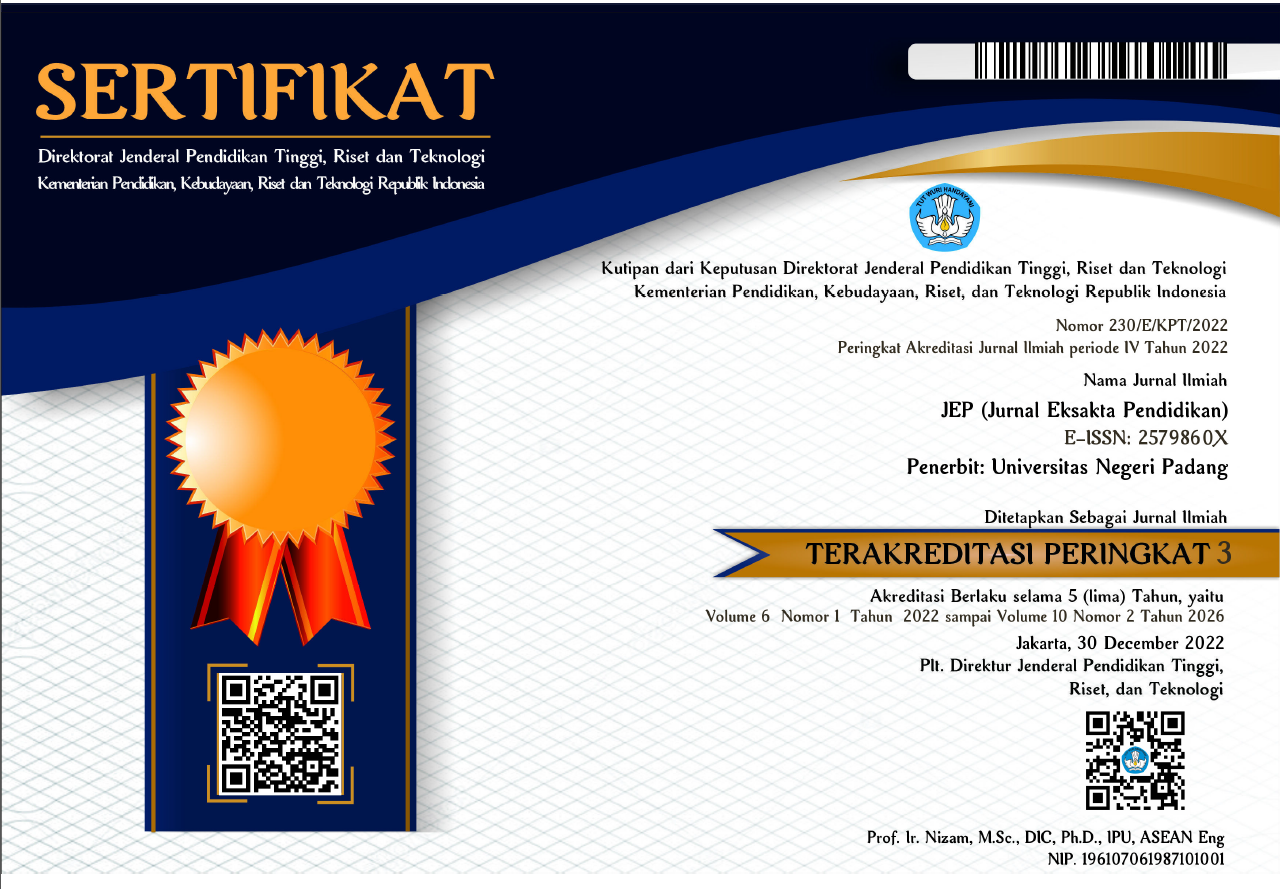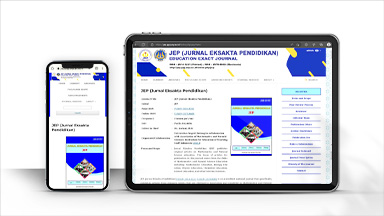The Bridging Science and Culture: A Learning Video on the Human Digestive System that is Responsive to the Local Wisdom of the Anak Dalam Tribe
Abstract
The gap in access to technology-based learning media in indigenous communities such as the Suku Anak Dalam (SAD) is a challenge in achieving educational equality. The literature shows that a culturally responsive educational approach has an important role in increasing the effectiveness of learning in indigenous communities. This study aims to develop and test the feasibility of a human digestive system learning video adapted to the local cultural context of SAD, and to evaluate its impact on students' learning interests. The method used is Research and Development (R&D) referring to the Alessi and Trollip (2001) model, which includes the stages of planning, design, and development. The subjects of the study were SAD adolescents aged 15–18 years in Sukajadi Village, Bathin VIII District, Sarolangun Regency. The validation of material experts produced a score of 90.67% and media experts 84%, both in the very feasible category. Practical feasibility tests through individual, small group, and field trials showed results of 90.27%, 86.34%, and 90.7%, respectively. These results indicate that the media developed is very effective in increasing learning interest. Academically, this research confirms the importance of integrating a culturally responsive approach in the development of learning media, as well as contributing to the development of digital inclusion-based education for indigenous communities in Indonesia.
Downloads
Copyright (c) 2025 Isnaini Safira

This work is licensed under a Creative Commons Attribution 4.0 International License.

This work is licensed under a Creative Commons Attribution 4.0 International License.




_(2579-860X).png)
_(2614-1221)1.png)




